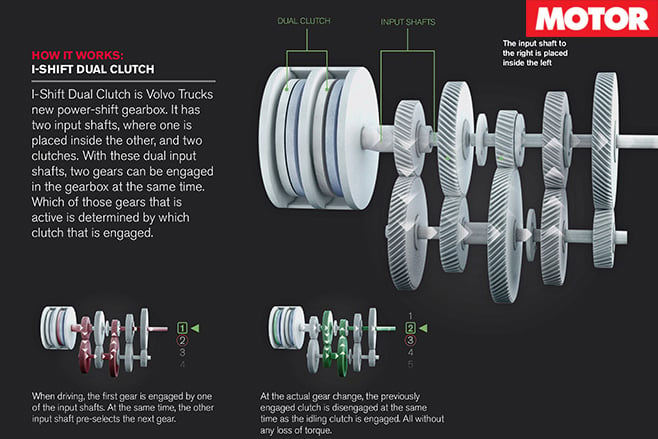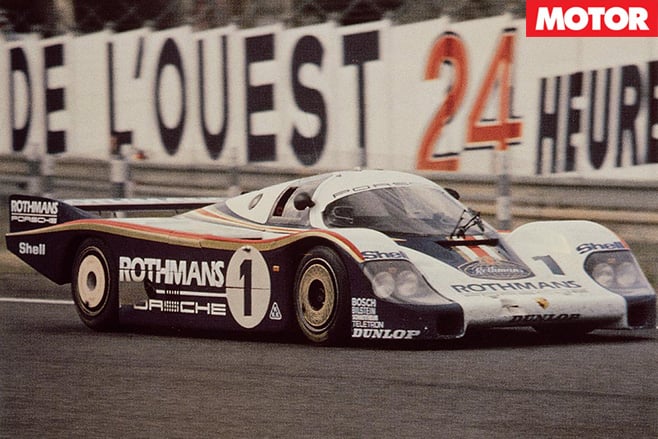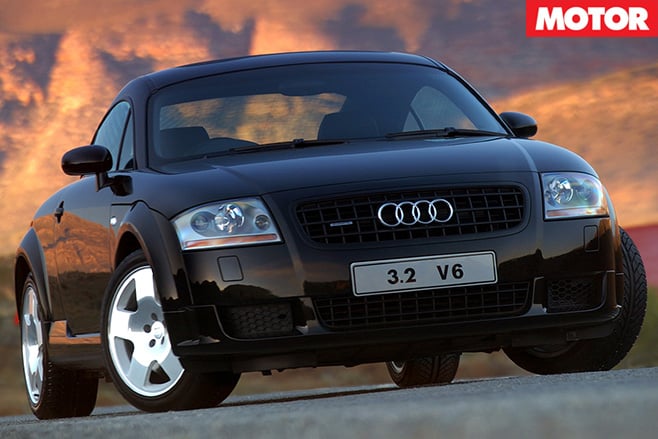The dual-clutch gearbox is now commonplace, you probably own one yourself, but which manufacturer was the first to introduce the technology?
A variety of names are used – DSG, PDK, DCT – but all work in a similar way. As the name suggests, there are two clutches, each connected to a shaft. One shaft connects to the even-numbered gears, the other to the odd.

The basic concept has been around since before World War II, the original idea credited to French engineer Adolphe Kegresse, but Porsche was the first to use the technology in its 956 endurance race car. Prototypes ran as early as 1983 but proved spectacularly unreliable and little faster than the conventional manual.

Audi also won the race to put dual-clutch technology into a road car, a six-speed DSG appearing as an option for the TT 3.2 V6 in 2003, though VW can share the honour as the identically-engined Golf R32 arrived at the same time.







